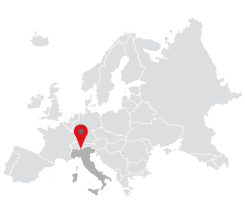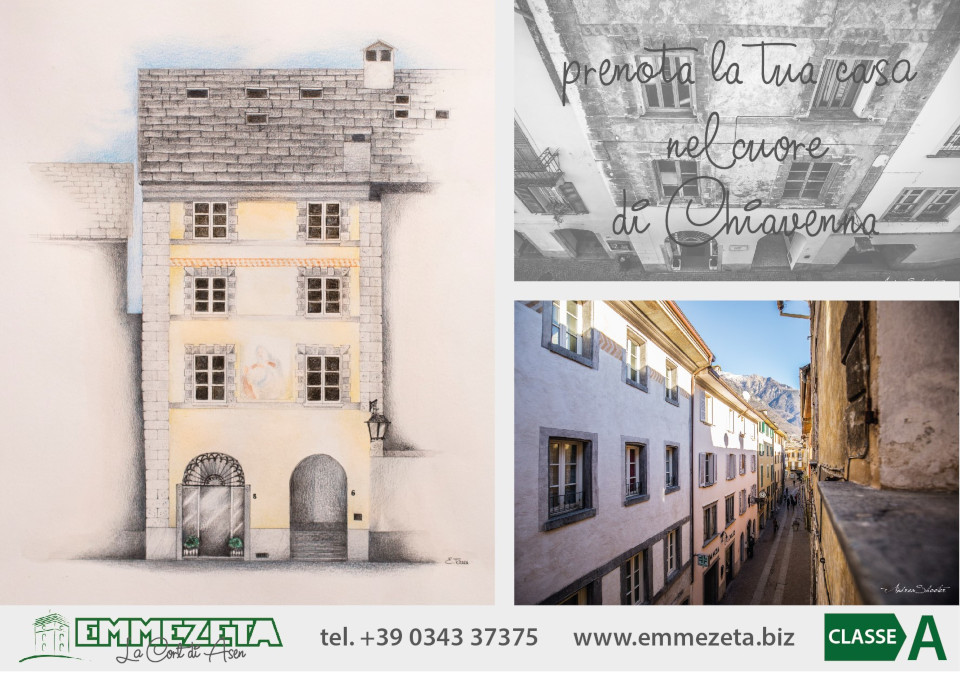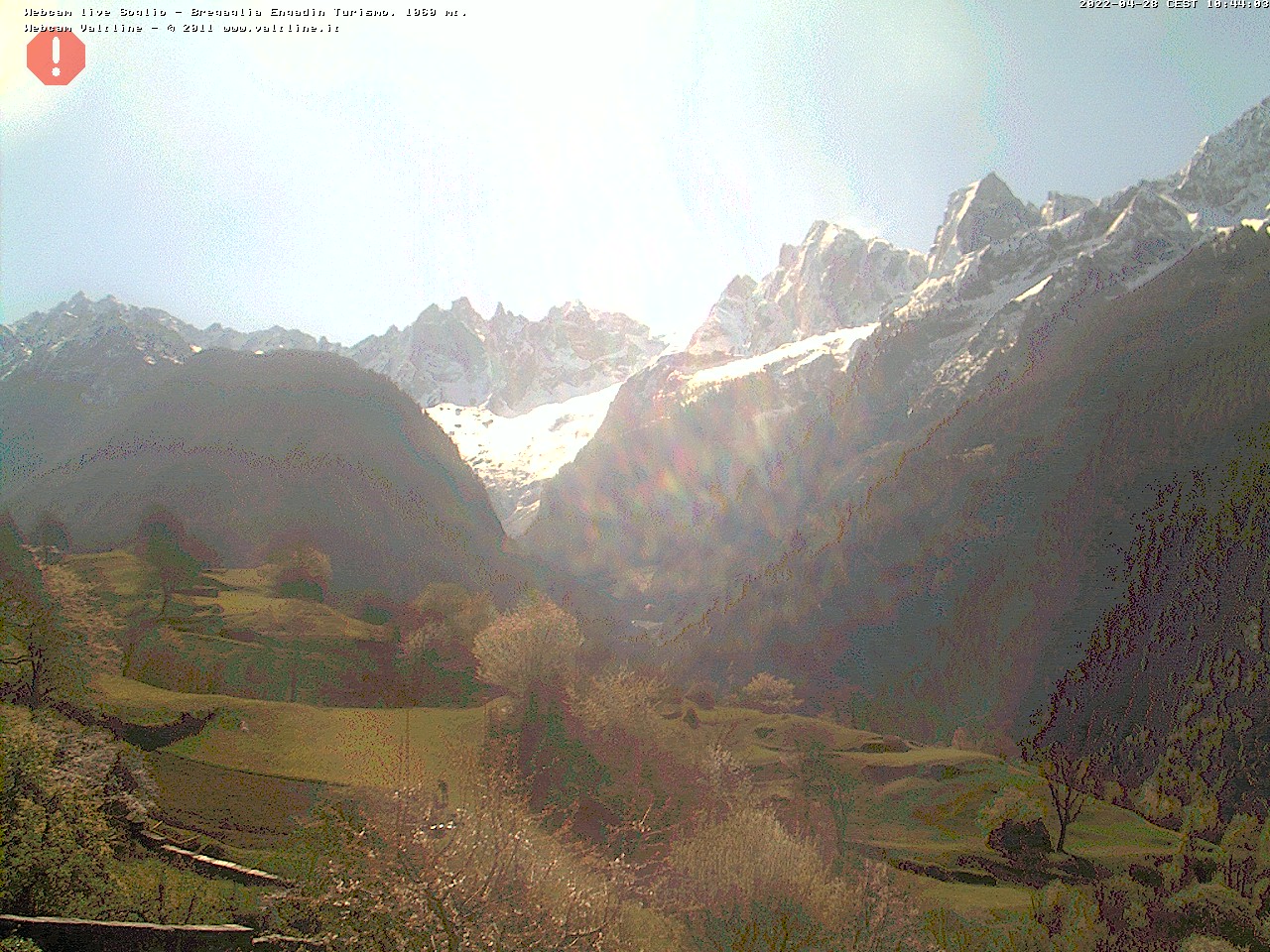The donkeys court
There are any number of little corners of Chiavenna which over the years have come to represent the town itself. Particularly and - naturally enough - within the historic centre, featuring heavily on postcards ever since photography took its first bow in the late 19th century, and including glimpses of the old habitations along the banks of the Mera but especially the noted Córt di asen. Its easy enough to find from the via Candida Lena-Perpenti, or through a longish alley leading from the via Francesco Dolzino. Its enough simply to walk into this tiny courtyard to be whisked right back into history.
The ambience remains that of medieval times, even though the court might only have been constructed in the 16th century, like most of the historic centre. Its well-documented that Chiavenna was subject to a fire in 1486 during the course of an invasion by the Grisons who occupied the neighbouring lands and were constructing the Republic of the Tre Leghe. At that time properties in Chiavenna were mainly constructed in wood with stonework bases, which explains why almost nothing remains of medieval times. And today the historic centre takes us back only as far as the 16th century, as the many dates engraved on portals confirm, along with moral and religious manuscripts. So if la Córt di asen is indeed medieval then it must have survived the conflagration. And it does seem possible as it retains the characteristic features of that very period, made up as it is of stone and wood.
So what are the etymological origins of the place? It was here that pack animals were left (horses, mules, donkeys) when their owners needed to occupy themselves with business in the town. The major building throws up one of the most representative of local features, that of a pair of stone pillars which support a fine wooden balcony, which has a further smaller balcony above sustained by potstone (pietra ollare) shelving. Each cylindrical stone block forming the column has a different shape and dimension, producing a highly original result. The column to the left for example has two rounded parts with an ornamental drop worked above, also taken up by the one in symmetry on the right. Over the centuries, dates, initials and crosses have been superimposed.
The date 1748 with initials has been engraved on the right column. But over time the highly-symbolic building of the asses court extending right down to the via Dolzino itself has deteriorated markedly. nThus the entire edifice has been taken over by the Emmezera company of Chiavenna, no strangers to the restoration of prestigious buildings in the historic centre. The renovation work began this summer and is ongoing. The aim is clear. To reinstate both to the town and visitors a unique and characteristic nook, returned in all its significant style, whilst always respecting both historic and architectural context of the Middle Ages which has made la Córt di asen an immutable and much-cherished corner of the town.























